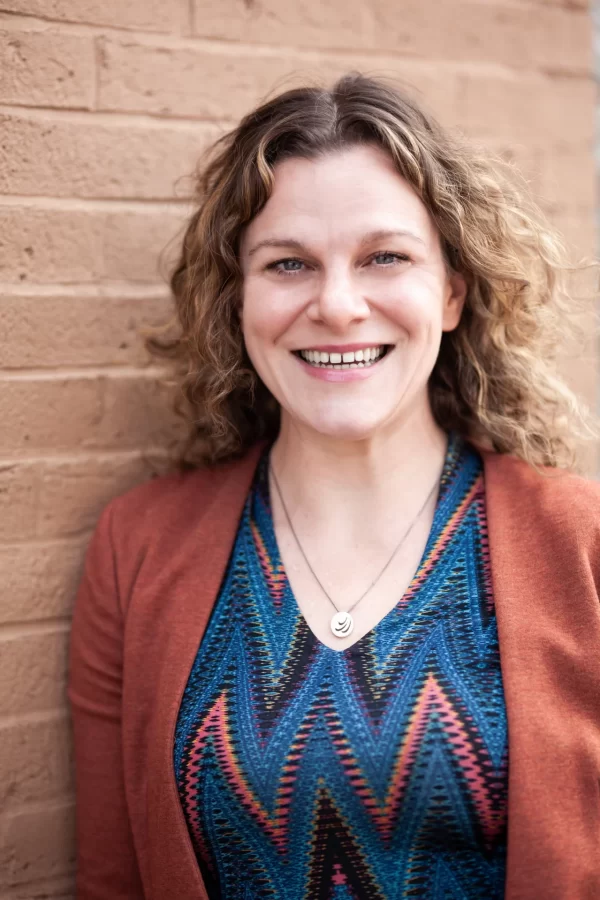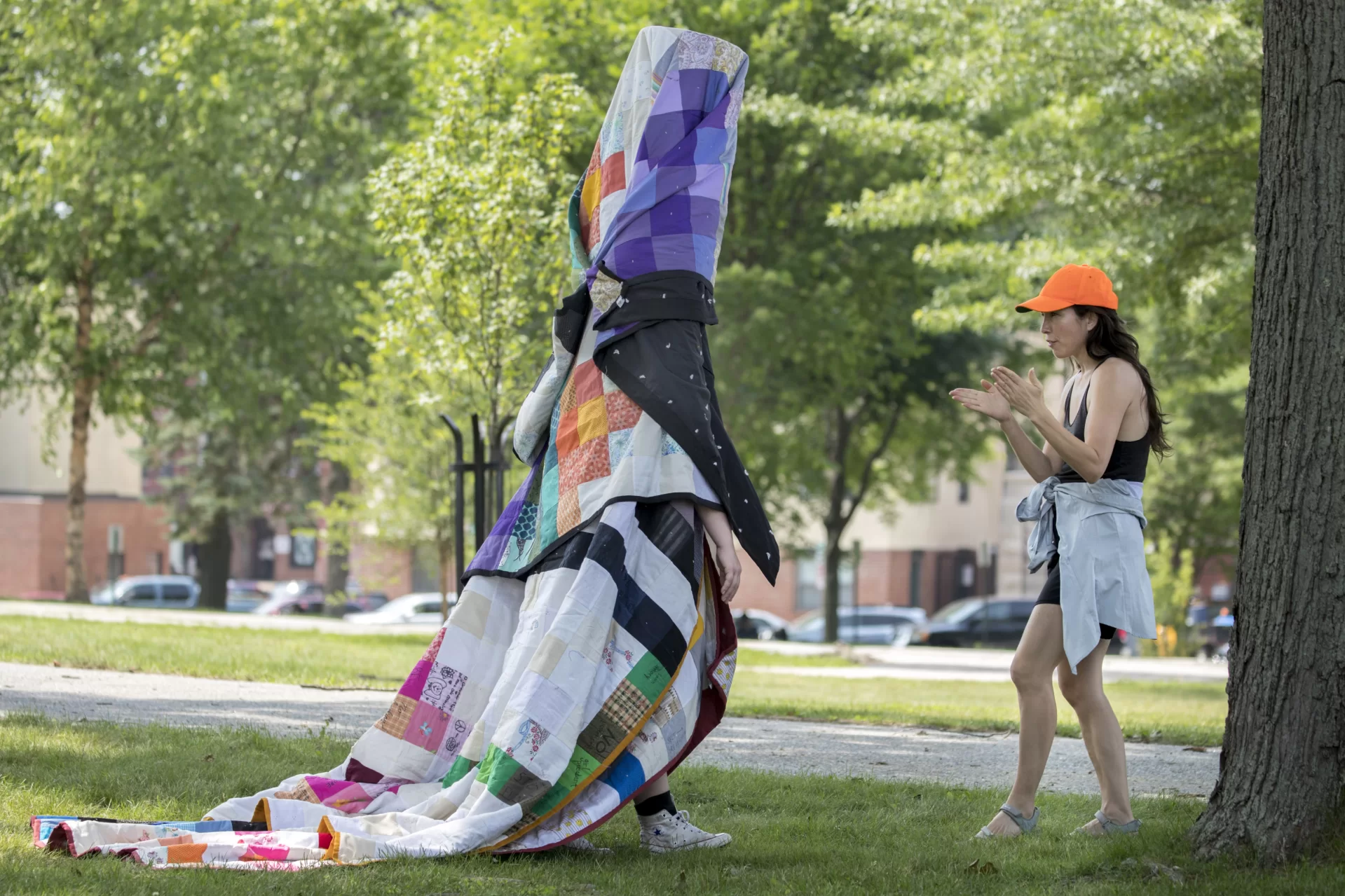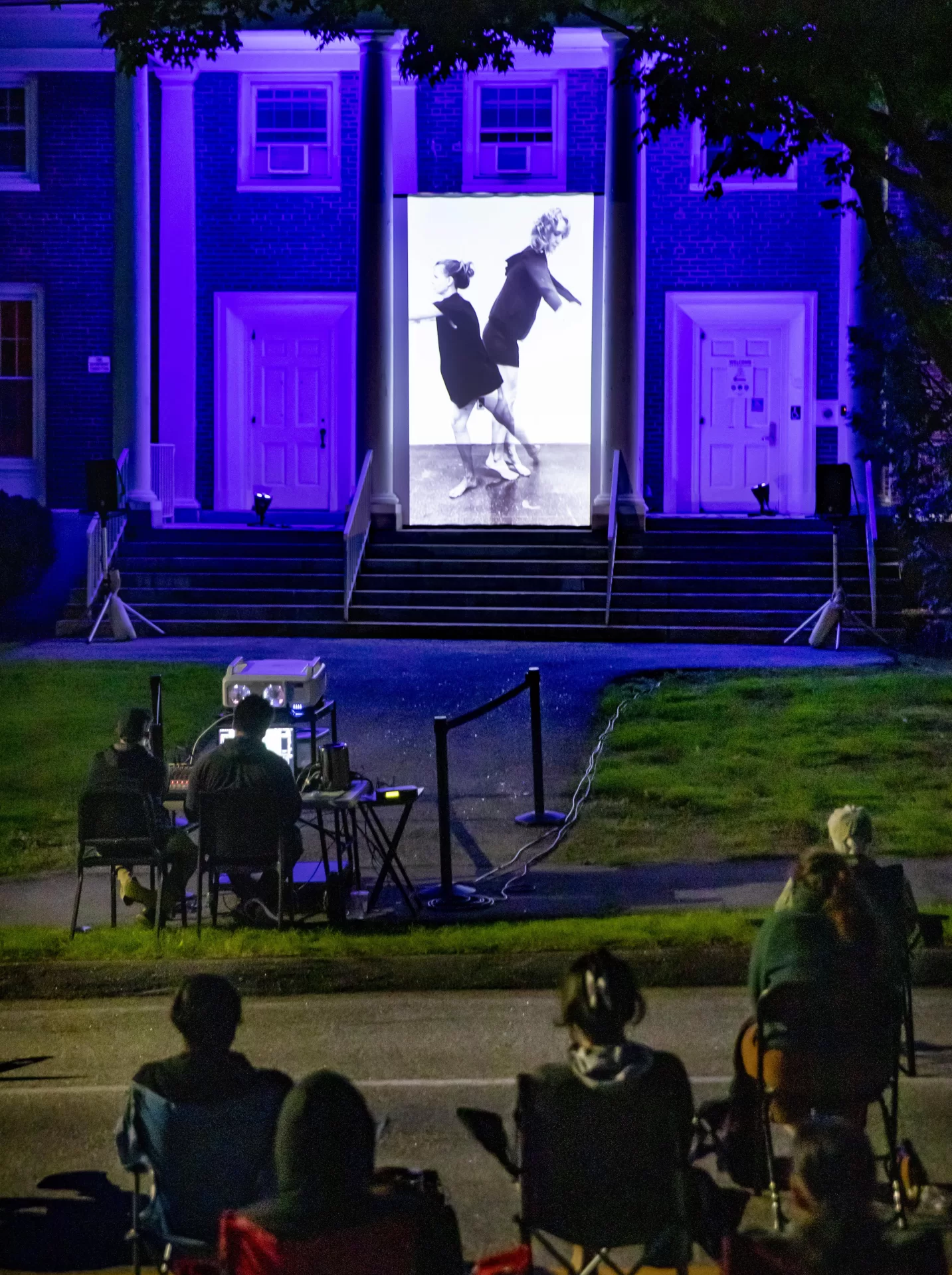
The National Endowment for the Arts has announced two major awards to the Bates Dance Festival, including an American Rescue Plan award of $150,000 designed to help the festival recover from the disruptions caused by the COVID-19 pandemic. The second award of $40,000 is for general support to the festival, which is celebrating its 40th anniversary this year, and will be used to support artists.

The $150,000 award is part of a nearly $58 million assistance package the NEA is distributing to 567 arts organizations nationwide. All recipients can use the funding to save jobs, fund operations and facilities, purchase health and safety supplies or use the money to fund marketing and promotional efforts to encourage attendance and participation.
Director of the Bates Dance Festival Shoshona Currier said the American Rescue Plan award will be invaluable as they prepare for the summer festival. Currier learned of the $40,000 grant earlier in January. It’s one of 15 awards, totaling $265,000, designated for Maine groups by the NEA.
Nationwide, more than 1,800 organizations applied for these grants. Currier said the funds will be used for artist fees for performances this summer. Some of the upcoming festival’s artists originally planned projects for 2020 that were postponed because of the pandemic.
“This recognition by the National Endowment for the Arts is very welcome and richly deserved,” said President Clayton Spencer. “Shoni has provided leadership for the Bates Dance Festival that has been creative and inspired from an artistic point of view, and remarkably pragmatic in adapting to the challenging realities of producing live performances during the pandemic. This funding is particularly timely as we look forward to bringing the festival back to campus in person this summer, with exciting and wide-ranging programs for dance students, performing artists and audiences alike.”

Currier, who took over the position of director of the festival in 2017 after the retirement of longtime director Laura Faure, also noted how vulnerable performers were to the setbacks of the pandemic. “This pandemic has been especially cruel to artists, gig-workers, and so many essential participants in our creative industries,” Currier said. “Relief funding for organizations is so essential in creating stability in the field in the future. And hopefully we’ve learned from these years and are creating better systems than what were previously in place.”
After a canceled 2020 season, the festival — with limits on the number of students and performances — returned in 2021. Currier put her creativity to use, coming up with alternative locations, both indoors and outside, to adjust to visitor restrictions on the Bates campus. She turned the side of Schaeffer Theatre into a movie screen to show films outside. For a performance by a land and water protector and activist for justice, Emily Johnson, Currier turned to Kennedy Park in Lewiston.
An interactive video installation at L/A Arts Gallery invited participants in, one at a time, for 20 minute interactions. At Simard Payne Park Amphitheater, live salsa music inspired dancing by audience members and also served as a venue for Vanessa Anspaugh’s audience-interactive climate change-related performance “Funerals for the Ocean.”

The festival also commissioned writing by dancers, to offer opportunities while theaters were closed. The next season of The Future Impossible, an anthology curated by choreographer Raja Feather Kelly for the Bates Dance Festival, will be released this month. The anthology was a project born out of the pandemic, meant to engage dancers while they were separated physically. It features 16 artists responding to prompts in essays, interviews or other prose over the course of a year.
“We will continue outdoor events and writing projects and finding multiple ways to support artists,” Currier says. “But our hope is we’ll be primarily back on campus in 2022, where the festival started. No matter what happens though, this funding from the NEA is going to make all the difference. I think it’s safe to say, we’re all dancing for joy — and relief — about this.”




